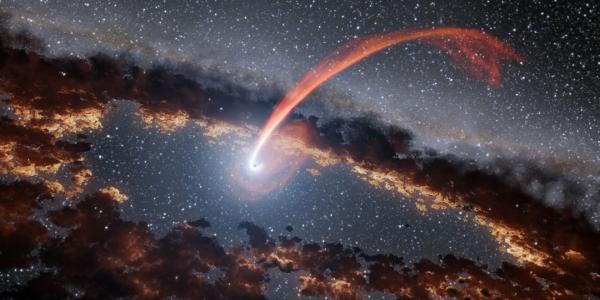Space Sciences/Astrophysics Seminar with Fei Xie on A Polarized View of Vela Pulsar Wind Nebula with IXPE
The Vela pulsar wind nebula is one of the brightest and closest source in the sky, powered by a young (~11 ky), nearby (~290 pc) pulsar B0833-45. Previous X-ray observations revealed a bright, highly-structured X-ray morphology with double prominent arcs, surrounded by a large diffuse emission and two jets aligned with the direction of the proper motion of the pulsar. X-ray polarization plays an important role in understanding the magnetic filed structure, and hence the interaction of the relativistic pulsar wind with the surrounding medium. The Imaging X-ray Polarimetry Explorer (IXPE) is the first observatory fully dedicated to study the polarization of X-ray sources, with capabilities of spatially resolved X-ray polarimetry in 2-8 keV energy band. We report the first high significant detection of polarization for the Vela PWN, the average polarization degree of the whole PWN in 2-8 keV energy band is remarkably high to 44.6%, that is compatible with values obtained in radio band.
A highly symmetry in the Vela PWN geometry is observable also from maps of the polarization, consistent with its symmetry axis. We infer that, in contrast with the case of the supernova remnant, the electrons in the pulsar wind nebula are accelerated with little or no turbulence in a highly uniform magnetic field.
Sponsored by the McDonnell Center for the Space Sciences.

